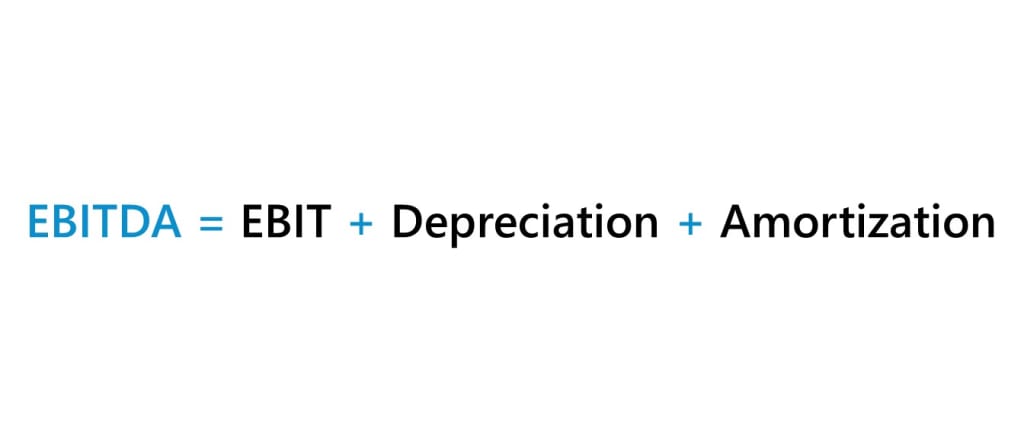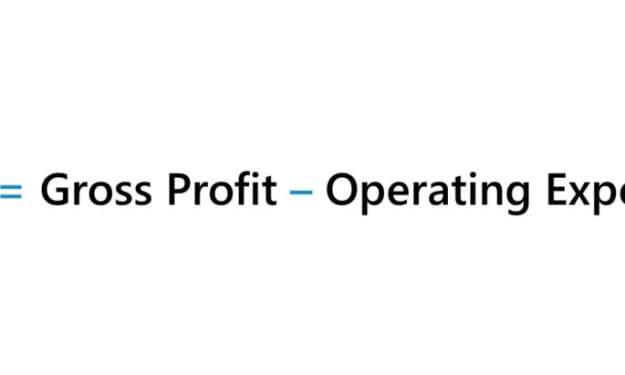Understanding EBITDA: A Simple Lemonade Stand Example
Measuring Core Profitability with EBITDA

EBITDA (Earnings Before Interest, Taxes, Depreciation, and Amortization) is a financial metric commonly used by businesses and investors to assess a company's operating performance and financial health. It is a measure of a company's profitability before accounting for interest, taxes, and non-cash expenses such as depreciation and amortization. In this article, we will delve into the concept of EBITDA, discuss its significance, and provide examples of how it is calculated and used in financial analysis.
EBITDA is a valuable metric because it allows businesses and investors to evaluate a company's operating performance without the impact of non-operating expenses and financial decisions. By excluding interest, taxes, depreciation, and amortization, EBITDA provides a clearer picture of a company's operating profitability and cash flow generation, which are crucial indicators of its financial health.
One of the primary uses of EBITDA is to assess a company's operational efficiency and profitability. By looking at EBITDA, investors and analysts can determine how well a company is performing in its core business operations, without the influence of external factors such as interest payments or tax obligations. For example, let's consider a manufacturing company that reported $10 million in EBITDA for the fiscal year. This means that the company generated $10 million in operating profit before accounting for interest, taxes, depreciation, and amortization. A higher EBITDA would indicate that the company is generating more profits from its core business operations, which is generally viewed positively by investors and analysts.
EBITDA is also commonly used in financial analysis to compare companies within the same industry or sector. It provides a standardized measure of operating profitability that can be compared across companies, regardless of differences in tax rates, financing decisions, or accounting practices. For example, let's compare two companies in the technology sector - Company A and Company B. Company A reported EBITDA of $8 million, while Company B reported EBITDA of $12 million. Based on this comparison, it appears that Company B has a higher level of operating profitability compared to Company A, assuming all other factors are equal.
Another important aspect of EBITDA is its usefulness in assessing a company's cash flow generation. Cash flow is a critical factor in a company's financial health, as it determines its ability to meet its financial obligations, invest in growth opportunities, and distribute dividends to shareholders. EBITDA provides a good approximation of a company's cash flow from operations, as it excludes non-cash expenses such as depreciation and amortization. For example, a company with high depreciation expenses may report negative net income due to the depreciation expense, but could still generate positive EBITDA, indicating that it has the ability to generate cash from its operations to cover its financial obligations.
However, it's important to note that EBITDA has its limitations as well. One of the main criticisms of EBITDA is that it ignores important financial items such as interest, taxes, and non-operating expenses, which are crucial in assessing a company's overall financial performance and health. For example, a company with high levels of debt and interest payments may have a low EBITDA, indicating poor profitability, but may still generate positive net income after accounting for interest expense, indicating that it is able to cover its interest payments from its operations. Therefore, it's important to use EBITDA in conjunction with other financial metrics and ratios to get a comprehensive view of a company's financial health and performance.
Summarise
Imagine you have a lemonade stand, and you sell lemonade to your friends and neighbors. You have some costs associated with running the lemonade stand, such as the cost of lemons, sugar, cups, and ice. After deducting these costs from your total revenue (the money you earn from selling lemonade), you are left with your EBITDA, which stands for Earnings Before Interest, Taxes, Depreciation, and Amortization.
Let's break down what each component of EBITDA means:
Earnings: It's the money you make from selling lemonade. If you sell lemonade for $100, your earnings would be $100.
Before: This means that we are looking at the lemonade stand's profitability before accounting for certain expenses.
Interest: Interest is the money you pay to borrow money. Since you don't have any loans or debts for your lemonade stand, you don't have any interest expense.
Taxes: Taxes are the money you pay to the government as part of your business earnings. Since you're just a kid running a lemonade stand, you may not have to pay any taxes, so there is no tax expense.
Depreciation: Depreciation is a fancy word for the decrease in value of things you own, like the lemonade stand equipment (e.g., cups, pitchers). Over time, these items can wear out or become less valuable. But since your lemonade stand is small and simple, you may not have any depreciation expenses.
Amortization: Amortization is similar to depreciation, but it usually refers to the gradual repayment of a loan over time. Since you don't have any loans for your lemonade stand, there is no amortization expense.
So, in the context of your lemonade stand, EBITDA would be the money you make from selling lemonade (earnings) minus the costs of lemons, sugar, cups, and ice (expenses). Let's say your total revenue is $100 and your expenses are $30. Your EBITDA would be $100 - $30 = $70.
EBITDA is a simple way to understand how much money your lemonade stand is making from its operations without considering other expenses like taxes, interest, depreciation, or amortization. It can help you assess the profitability of your lemonade stand and understand how much money you're making from selling lemonade before accounting for other financial factors.
Conclusion
before accounting for any interest, taxes, depreciation, or amortization expenses. It's like looking at how much money you've made from your lemonade stand before taking into account any other costs or expenses.
Let's say you made $100 from selling lemonade in a day, and you had $30 in costs for lemons, sugar, cups, and ice. Your EBITDA would be $100 - $30 = $70. This means that your lemonade stand generated $70 in operating profit before accounting for any other expenses.
EBITDA is a way to measure how well your lemonade stand is doing in terms of generating profits from its core operations, which is selling lemonade. A higher EBITDA would indicate that your lemonade stand is more profitable and generating more money from its operations.
However, it's important to remember that EBITDA is just one measure of profitability and financial health. It doesn't take into account other important factors such as interest, taxes, and non-operating expenses. In a real business scenario, there are many other financial considerations that need to be taken into account. But for a simple lemonade stand example, EBITDA can help you understand how much money you're making from selling lemonade before considering other expenses.
About the Creator
Tag Business
I Will Providing Various Company Information






Comments
There are no comments for this story
Be the first to respond and start the conversation.